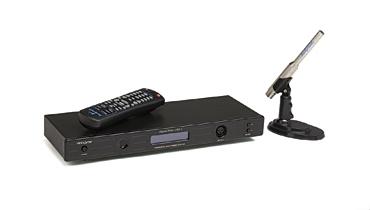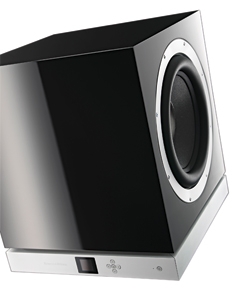Getting The Best Bass Out Of Your Current Sub

Without question, bass performance is one of those factors that define a great system. Admit it: You've never loaded up a kick-ass tweeter demo when guests come over. Instead, you select DVDs where bombs and bullets eviscerate the landscape, planets explode, and vehicles perform 100-mph mating dances. Fact: Solid bass brings the emotion and excitement to movie watching.
For the past two issues, my column has explored ways to ensure that your system's bass response is all it can be. My previous column, "Great Bass Outta Sight," suggested décor-friendly options to the typical Borg-like aesthetic of a massive black cube. October's column, "The Best Bass in Your Place," offered ideas for improving bass response by moving the sub, the seating location, or both, plus the merits of adding an additional sub for smoother, better bass at more listening positions. In this column, we complete the "better bass" hat trick by suggesting some tips for improving your bass response that have nothing to do with the style of sub you chose or where you place it.
TREAT IT OR TRAP IT
Acoustic panels and room treatments can improve a room's audio performance by absorbing or diffusing reflected sounds to improve dialogue intelligibility and tighten up focus and imaging. While room treatments can certainly improve bass performance, the size and style of the objects required for bass sound waves can be more obtrusive on a room's design than the subwoofer itself. B&W's Mike Gough observed, "While passive room treatments will provide the best solution to room acoustic problems, they aren't always practical for reasons of cost and décor."
|
The Room EQ tool in B&W's DB1 sub is said to let you tame low-frequency room modes for smoother overall bass response throughout your listening areas. $4,500 www.bowers-wilkins.com | Sound+Vision columnist and general audio guru Ken C. Pohlmann brought up some roomconstruction concerns. "Frame and drywall construction might inherently have adequate bass absorption, but concrete-block rooms can be bass nightmares. Because bass energy piles up in corners, that's the best place to absorb it. Broadband bass traps are good, but if you have a specific problem frequency, you can build a tuned bass absorber. Treatments like carpet and foam aren't effective at low frequencies." |
|---|














































